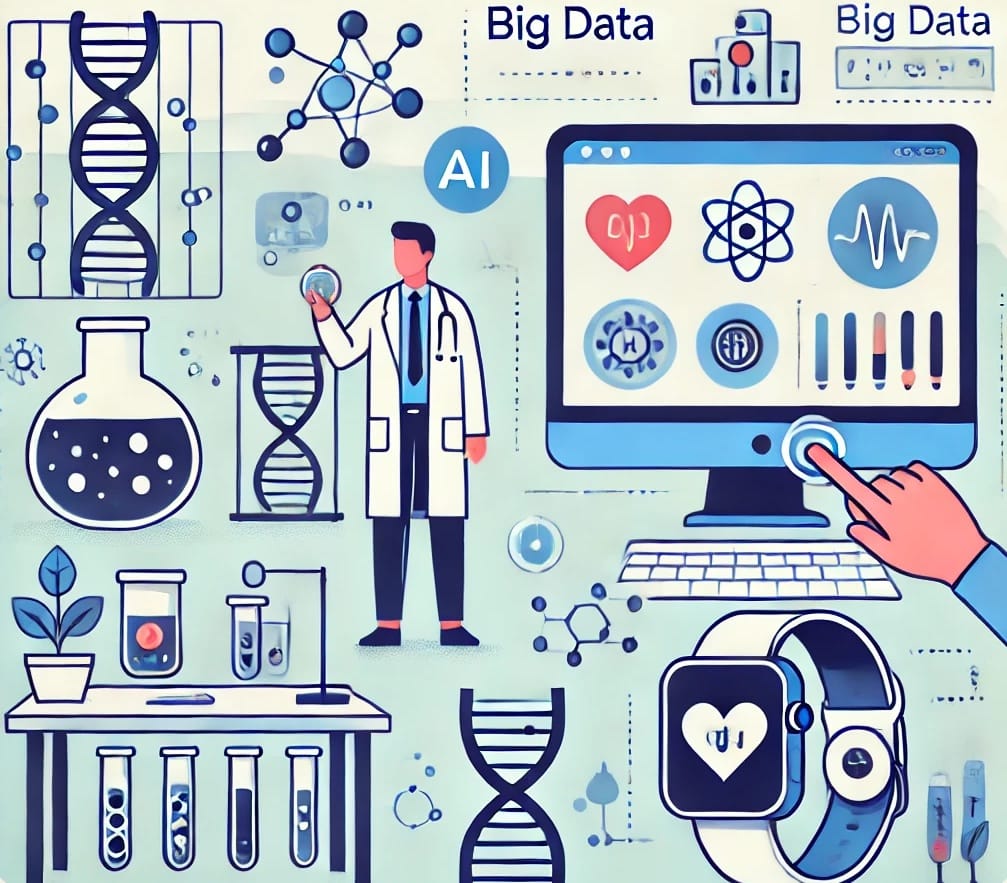
Medical Devices of the Future: How Deep Tech Startups are Revolutionizing Diagnosis and Treatment
Deep tech, encompassing advancements like robotics, AI, and genomics, is revolutionizing the medical devices sector by enhancing diagnostics and patient treatment, showcased by a surge in value and investments post-pandemic, with projections indicating significant growth by 2032.
From robotics and biometric sensors to nanotechnology, genomics, and artificial intelligence, deep tech is triggering an unprecedented change in the design and development of medical devices dedicated to the diagnosis and treatment of disease. It is transforming patient care by improving diagnostic accuracy, optimizing treatments, and enabling more effective monitoring of patients' health.
This transformation would not be possible without an innovative ecosystem made up of Deep Tech startups that promote scientific and technological breakthroughs that will redefine the future of medicine. Medical technology experienced a slowdown during the pandemic period, but after the pandemic, interest and investment in these types of startups experienced a strong boost. In 2022, they were valued at $526.05 billion, and they are projected to grow to $534.45 billion this year and reach $984.56 billion in 2032.
According to a report by the National Institute of Statistics and Geography (INEGI) and the Mexican Association of Innovative Industries of Medical Devices, the export of this kind of articles showed an upward trend because, in 2003, it had a commercial value of $2.6 billion, by 2020 the figure reached $10.7 billion. According to the National Statistical Directory of Economic Units (DENUE), more than 2,400 economic units specialized in medical devices have been identified.
These advances promoted by the innovative ecosystem demonstrate how technology improves the treatment of diseases, solves medical problems, and transforms people's lives. In Mexico, both the industry and the regulation of medical devices have maintained a constant advance during the last two decades.
What are we talking about?
The Mexican Official Standard NOM-240-SSA1-2012 defines a medical device as "the substance or mixture of substances, material, apparatus or instrument (including the software necessary for its appropriate use or application) used alone or in combination in the diagnosis, monitoring or prevention of diseases in humans or auxiliary in the treatment thereof and disability, as well as those used in the replacement, correction, restoration or modification of human anatomy or physiological processes". In other words, we are talking about innovations that have the potential to transform medicine.
However, these innovations in the area of medical devices also present unique challenges, especially in terms of regulations, financing, and development time to achieve greater growth; time to increase local manufacturing capacity, promote knowledge of current regulations among the actors involved, strengthen techno vigilance mechanisms throughout the life cycle of medical devices, as well as adapt regulations to the new scenarios posed by telemedicine and the use of new technologies.
Teo Tijerina, a chemical engineer at Stanford University and founder of a company specializing in remote patient diagnostics, believes that one of the biggest obstacles in the medical device industry is the need for "patient capital." Unlike more traditional business models, deep tech companies often require significant investments over extended periods before realizing tangible returns, which clashes with the expectations of traditional investors looking for quick, short-term returns. "Deep tech, by nature, is more time-consuming. We are talking about patents, manufacturing, regulatory, and opinion leaders in medical devices. The barriers to entry are higher, but the evaluations and exits are very high," he says.
The crux is in what he calls the "exit" differential of software versus medical device investments. While the former can reach 3 to 4 times the investment in medical devices, the multiples can range from 10 to 20. However, these exits tend to take longer to materialize, with lead times ranging from 7 to 10 years, in contrast to the faster-expected return in other sectors.
Given these challenges, there is a need for greater government support to foster innovation in medical devices by adopting a proactive approach to preserve and strengthen innovation capacity in strategic sectors such as healthcare.
Now that technology transfer initiatives, which connect innovators with R&D discoveries, are becoming increasingly common, it is clear that the future of healthcare and technology is intrinsically linked to the ability to overcome these challenges and capitalize on emerging opportunities. Tijerina sees a promising future for medical device companies, and his reflections on patient capital, late exits, and government support shed light on the challenges and opportunities facing entrepreneurs and investors in this field.
Deep tech companies will continue to lead the future of the healthcare sector. Much has been achieved, but there is still further to go.

ExO Insight Newsletter
Join the newsletter to receive the latest updates in your inbox.









